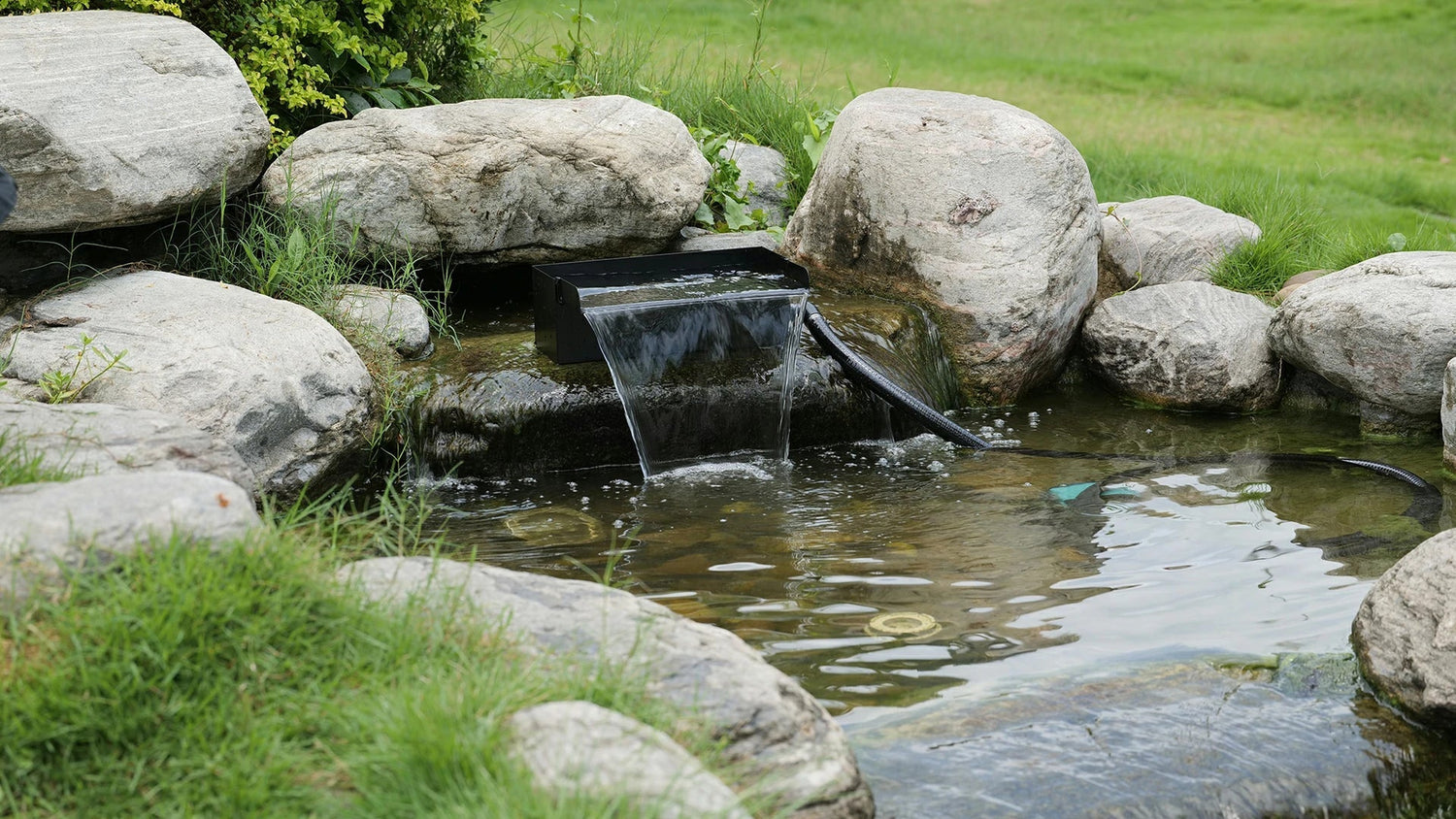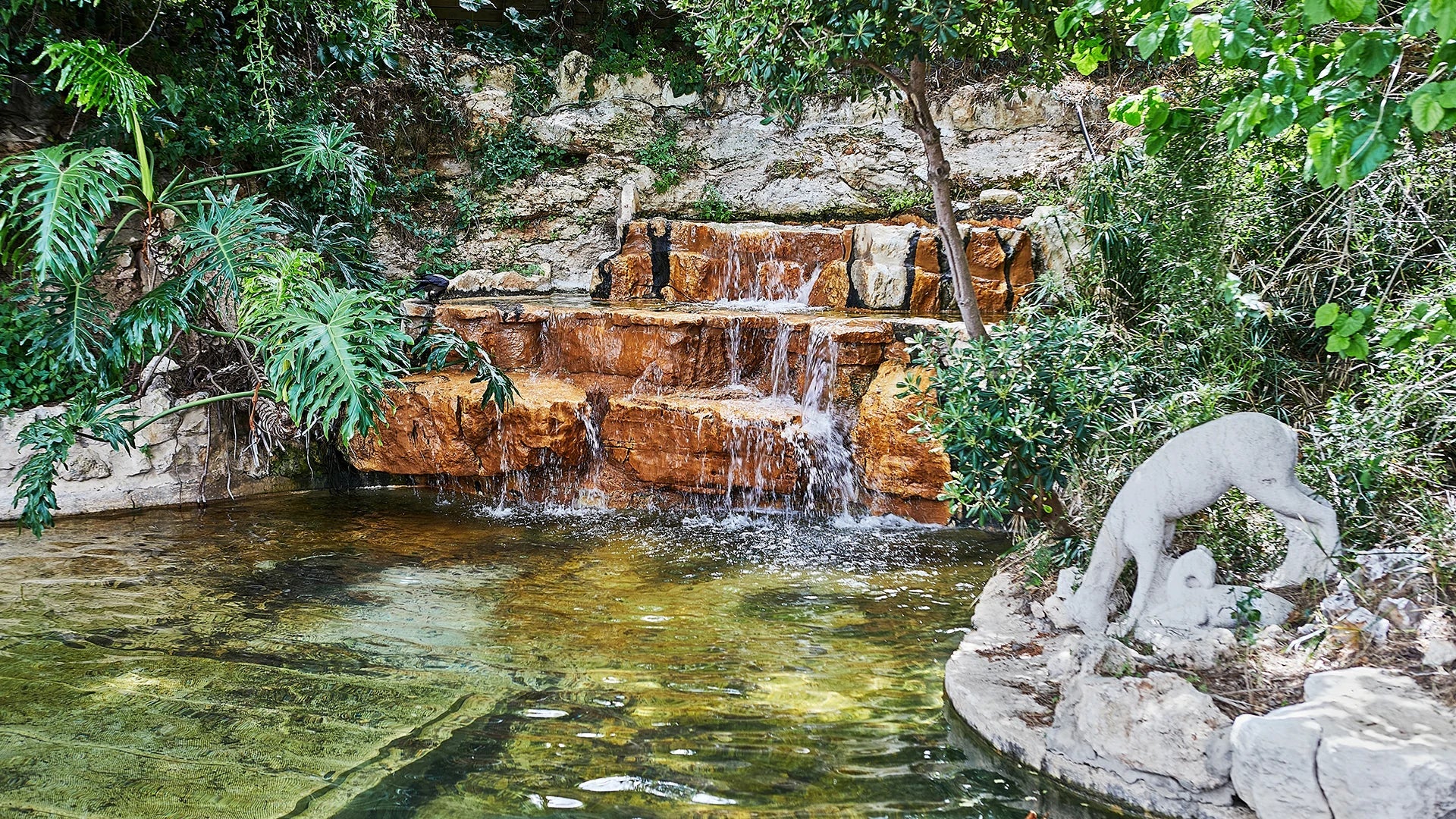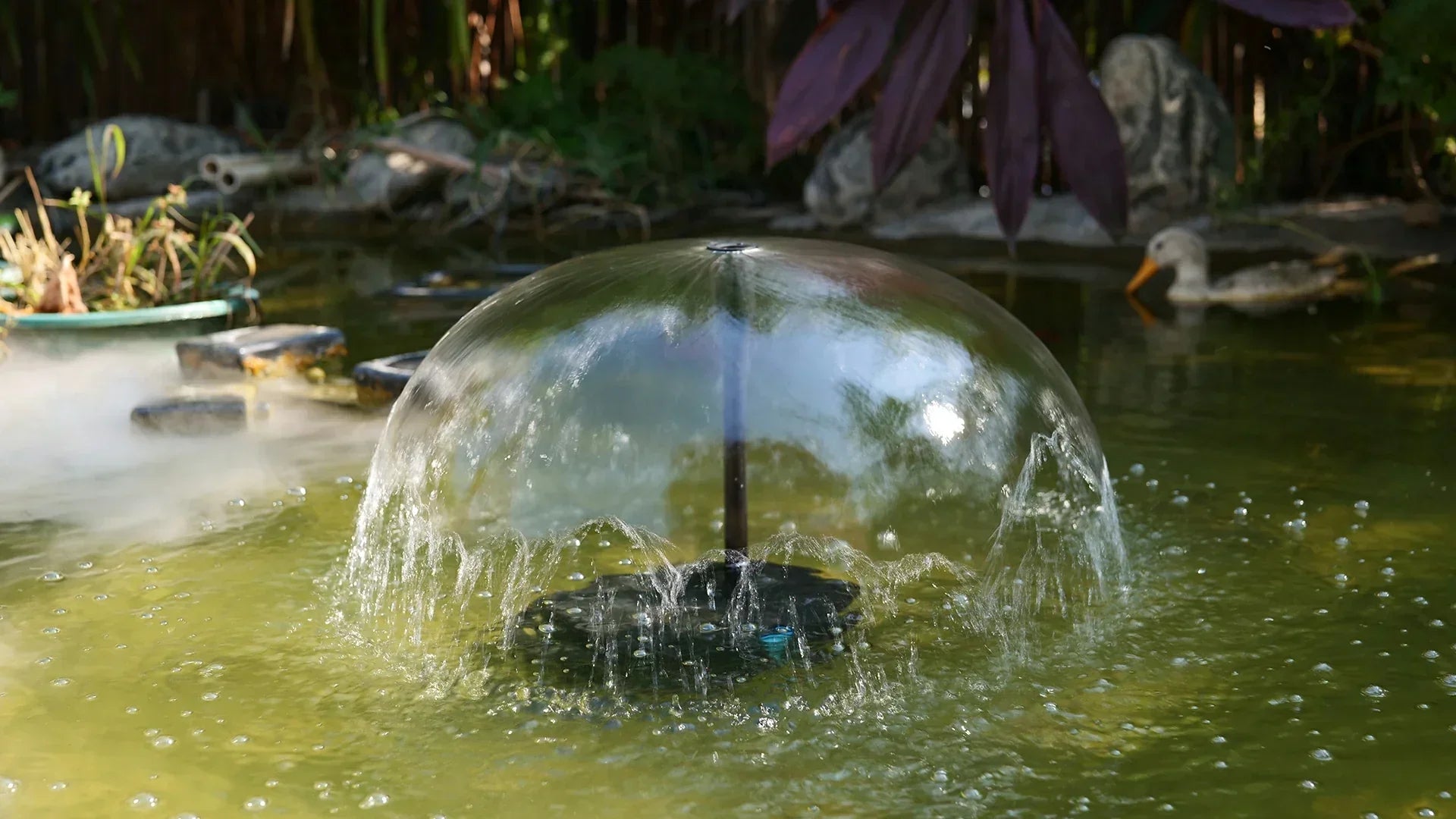Clear water, thriving green plants, and content fish swimming harmoniously in a balanced ecosystem are the dreams of all pond owners. But perhaps one of the most often overlooked factors determines whether your pond will be a healthy haven or a fetid pool: water circulation. Whether a pond is pleasing to the eye or not, it will have problems with algae, low oxygen, and stressed fish without good pond circulation. This book explains how circulation works, what pumps are for, and the do's and don'ts for maintaining a truly healthy pond ecosystem.
What Is Water Circulation?
Water circulation is the perpetual motion of water in a pond, often by means of pumps, fountains, or waterfalls. Instead of letting water stagnate, circulation provides nutrients, oxygen, and temperature to be evenly distributed throughout. In small garden ponds especially, circulation prevents the creation of "dead zones" where the water lacks oxygen and is more susceptible to having algae bloom.
Water circulation is central to Poposoap's concept. Their solar fountains, waterfall kits, and pond filters are meant to circulate water naturally in an environmentally friendly manner. Not only does this bring together aesthetics and sustainability, but it circulates water in a manner that's environmentally friendly as well as convenient.

Benefits for Fish and Plants
A pond with good circulation helps all the living elements within it. In the case of fish, oxygen-rich water is a necessity. Without circulation, oxygen levels decrease, particularly in hot weather, causing fish stress or fatalities. Circulation also helps fish thrive by mimicking their natural streams, which encourages activity and growth.
For plants, circulation provides a steady supply of nutrients and prevents algae from monopolizing the sunlight. Water lilies, marginal plants, and submerged oxygenators all perform better when nutrients are evenly distributed. Due to a reliable garden pond pump, circulation is the foundation of a balanced, self-sustaining ecosystem.

Different Pump Types
In planning your circulation system, the correct pump is essential. Pumps fall into a number of categories:
- Solar Pond Pumps: Ideal for the eco-conscious pond owner, these use renewable energy. Poposoap solar pumps come in different wattages to suit ponds from small decorative basins to larger backyard ponds.
- Submersible Pumps: Placed directly in the pond, they are easy to install and service. Excellent for powering fountains and small waterfalls.
- External Pumps: Better suited for larger ponds, with the potential for higher flow rates and longer pump life.
- Combination Systems: Filters combined with pumps, like Poposoap pond filter kits, deliver double benefits of water circulation and purification.
Each type has its own advantages, and in most situations, the best results are obtained by combining pumps with waterfalls or fountains for natural aeration.
Placement and Flow Rate Tips
Positioning of the pump and flow rate determine the success of your system. Your pond pump should be at the lowest level, drawing the water from the bottom and forcing it up to achieve maximum circulation. In irregularly shaped ponds, the installation of secondary pumps or the utilization of floating fountains ensures every section gets movement.
As a rule of thumb, attempt to turn over the entire pond volume every one to two hours. For example, a 200-gallon pond requires a pump with a delivery capacity of at least 100–200 gallons per hour. Poposoap water pumps are designed with these flow rates taken into consideration and offer scalable solutions for ponds of different sizes.

Troubleshooting Common Issues
Well-designed systems occasionally have problems. Following are common issues and remedies:
- Poor Flow: Check for clogged filters or blocked tubing. Poposoap pond filter boxes ensure that debris does not reach the pump.
- Noise or Vibration: Generally due to air in the pump; reprime or reposition it.
- Algae Growth Despite Circulation: Add aquatic plants or a higher-capacity pump for increased turnover.
- Dry Pump Running: Maintain water levels above the intake of the pump to avoid damage.
Regular cleaning and inspection optimize your system's performance and extend pump life.
Tips for Quiet Operation
Your garden pond should be a source of tranquility, not background noise. For quiet operation:
- Use submersible pumps, which are quieter than external pumps.
- Position pumps on a flat, stable surface with cushioning (e.g., a rubber mat) to reduce vibration.
- Choose quality equipment that is designed for low-noise operation, such as Poposoap solar pumps and waterfall kits.
- Maintain regular cleaning to prevent strain that causes extra noise.
By following these eco pond tips, you’ll ensure your circulation system supports your pond without disturbing the peace of your garden.
Final Thoughts
Circulation of water is the lifeblood of any successful pond ecosystem. It will keep the fish lively, the plants healthy, and the water clean while preventing stagnation and the growth of algae. With the right garden pond pump--whether solar-powered, submersible, or incorporated with a filter box--you can have an efficient system to fit your pond's needs and size.
Poposoap’s commitment to ecological, sustainable design means their products not only deliver reliable pond circulation but also align with environmentally conscious living. By investing in quality pumps, filters, and fountains, you’ll enjoy a balanced pond where water movement enhances both beauty and life for years to come.





Leave a comment
All comments are moderated before being published.
This site is protected by hCaptcha and the hCaptcha Privacy Policy and Terms of Service apply.